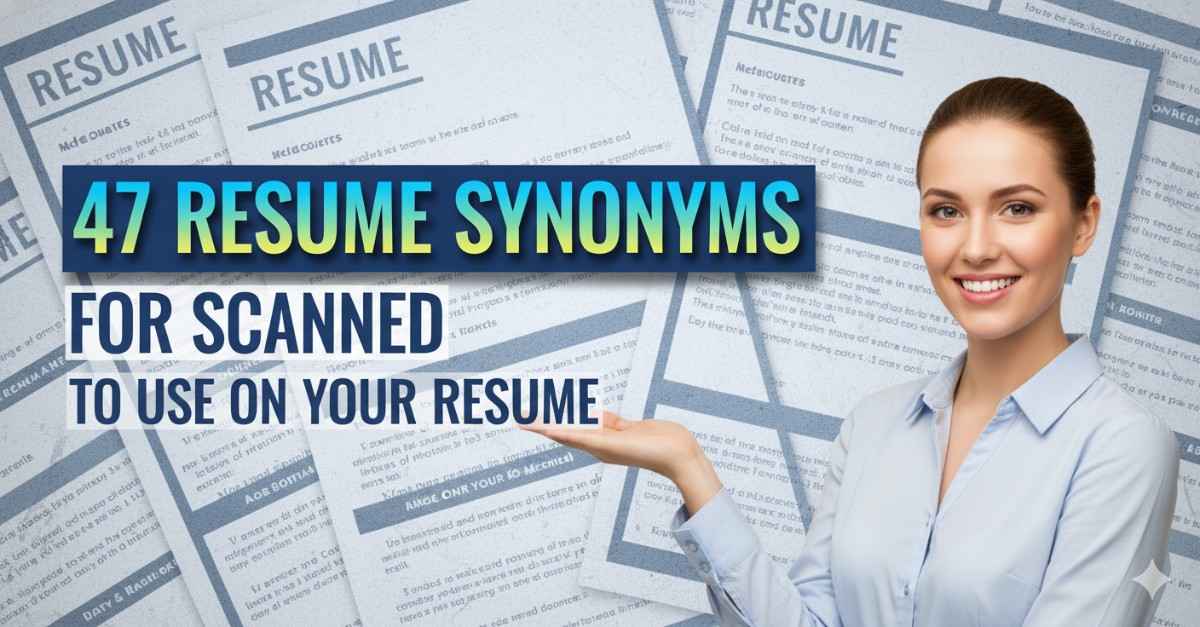
Best ResumeGenius Alternative for Better Resume
Building a professional resume can feel overwhelming without the right resources. Both ResumeGenius and ResumeKraft are here to help, but ResumeKraft’s AI-powered resume builder takes the cake with its enhanced customization and accuracy. Here’s why it’s the best choice if you’re looking for a ResumeGenius alternative in 2025.
Why ResumeGenius?
ResumeGenius stands out as one of the most popular online resume builders, earning the trust of millions of job seekers thanks to its fast and user-friendly resume creation process. It features a step-by-step guided builder that takes you through each section of your resume, making it easy for even first-time users to whip up a professional-looking document in just minutes. With pre-written bullet points, a selection of basic templates, and real-time formatting tips, ResumeGenius is a great option for those who value simplicity over extensive customization.
That said, while ResumeGenius shines in terms of convenience, it does have some drawbacks. The design options are a bit limited, and it lacks advanced features like AI optimization, ATS scoring, or custom branding. Additionally, many users find the subscription model, which includes auto-renewal, to be less transparent than they’d like. It’s perfect for anyone needing a quick resume, but it might not provide the depth or flexibility that professionals are looking for in today’s job market.
Why ResumeKraft?
ResumeKraft is an innovative AI-driven resume builder that makes it easy for you to craft impressive, polished, and ATS-friendly resumes. Whether you’re a student, a seasoned professional, or looking to switch careers, ResumeKraft’s smart tools—like the AI Resume Builder, AI Cover Letter Generator, and AI Resume Bullet Points Generator—help you shine with content that’s perfectly tailored to your desired job.
But ResumeKraft isn’t just about resumes; it’s about your whole career path. You can check out modern resume templates, enhance your LinkedIn profile, and even get ready for interviews with its AI Interview Answer Generator. Every feature is designed to work in harmony, ensuring your application is professional, packed with the right keywords, and ready to impress recruiters.
What sets ResumeKraft apart from the competition is its straightforward pricing—no hidden fees or auto-renewals. You get complete control and transparency. It’s the perfect solution for job seekers who want a personalized touch, cutting-edge AI support, and a hassle-free experience that genuinely aids their career advancement.
Feature Comparison
| Feature | ResumeGenius | ResumeKraft |
|---|---|---|
| Templates & Design Variety | Over ~50 professionally designed templates covering traditional, modern, and creative styles. | Offers “20+ templates” and “1,200+ resume samples” for inspiration and customization. |
| Content Assistance | Guided builder supplies pre-written bullet points and suggestions based on job title or industry. | AI-driven tools offer real-time suggestions for wording, customization, and job-specific optimization. (publicly documented) |
| ATS Optimization | Claims ATS-friendly formatting and industry-keywords, though customization and deep analysis may be limited. | Emphasizes more advanced AI-based optimization, tailored to job descriptions and ATS performance. |
| Customization Control | Good for quickly generated resumes with set templates, but fewer layout-control options and less design freedom. | Provides more flexible control over layout, fonts, sections, and visual design — suited for users who care about presentation. |
| Breadth of Tools | Includes resume builder + cover letter builder; strong for getting done fast. | Goes beyond the basics: resume builder, cover letter generator, bullet-point AI, portfolio & LinkedIn tools (depending on plan). |
| Pricing & Model | Free trial or low initial fee, but full downloads and premium templates usually require a subscription. | One-time payment options (e.g., $15 for one month, $99 for 12 months) with emphasis on no auto-renewal and more value long-term. |
| Best For | Beginners, job-seekers who want a quick, structured resume in minutes with minimal fuss. | Professionals, career-changers, or anyone looking for deep customization, AI-optimization, and long-term utility. |
Which One Is Right for You?
Both ResumeGenius and ResumeKraft make it super easy to whip up a professional resume, but they cater to different kinds of job seekers.
If you’re looking to create a clean, ready-to-send resume in no time, ResumeGenius is a solid choice. Its step-by-step guidance and pre-written content are perfect for beginners who want to avoid spending too much time fiddling with layouts or personalizing details. It’s especially great for students, first-time job hunters, or anyone who values simplicity over extensive customization.
On the flip side, if you’re after a tool that evolves with your career and helps you shine in competitive job markets, ResumeKraft is the way to go. It’s equipped with AI-driven optimization, allowing you to tailor each resume for specific positions, boost your ATS scores, and even generate cover letters automatically. Plus, you can check out ResumeKraft’s professionally designed templates to create a visually striking resume that showcases your strengths.
In a nutshell, if you need a quick resume today, ResumeGenius will get the job done. But if you’re looking for a career-focused platform that helps you craft, refine, and optimize your professional narrative for the long haul, ResumeKraft is made for you.
Frequently Asked Questions (FAQ)
Deciding between ResumeGenius and ResumeKraft often hinges on your specific goals—are you looking for a fast, guided resume or a more sophisticated, AI-enhanced option? Below, we’ve addressed the most common queries about each platform to assist you in finding the one that suits your needs perfectly.
ResumeGenius is an online resume builder that helps users create professional resumes through a step-by-step guided process. You can choose a template, fill in your details, and generate a polished resume in just a few minutes — no design skills required.
You can start building your resume for free, but downloading or printing usually requires a paid subscription. ResumeGenius often offers a low-cost trial that renews automatically, so it’s important to cancel if you don’t plan to continue.
ResumeKraft is an AI-powered resume builder designed to help you create personalized, ATS-optimized resumes that attract recruiters. Unlike traditional tools, it offers intelligent feedback, keyword suggestions, and design flexibility — all in one place.
Yes! You can start building a resume for free using the AI Resume Builder. The free version allows you to create, preview, and test your resume’s ATS compatibility before upgrading to premium plans for advanced features.
ResumeKraft provides over 20 customizable templates and 1,200+ real resume examples to guide your design. You can explore them on the Resume Templates page and choose from minimalist, modern, or creative designs that suit your profession.
While ResumeGenius is fast and beginner-friendly, it has limited customization, no AI-powered optimization, and auto-renewing billing that some users find confusing. It’s best for those who prioritize speed over deep personalization or ongoing career support.
Final Takeaways
When it comes to crafting a resume that truly stands out, both ResumeGenius and ResumeKraft offer unique benefits, but they cater to different needs. ResumeGenius is perfect for those who want a quick and easy experience with minimal hassle. It’s user-friendly, straightforward, and ideal for anyone looking to whip up a decent resume in no time.
On the other hand, if you’re really aiming to make an impression in today’s competitive job market, ResumeKraft is the way to go. With its AI-driven tools, advanced ATS optimization, and customizable templates, it gives you greater control, deeper insights, and a better shot at landing interviews.
Plus, unlike subscription-based services, ResumeKraft provides one-time payment options, no auto-renewals, and access to a range of smart career tools like the AI Cover Letter Generator and Interview Answer Generator. It’s a comprehensive career-building platform, not just a resume creator.













